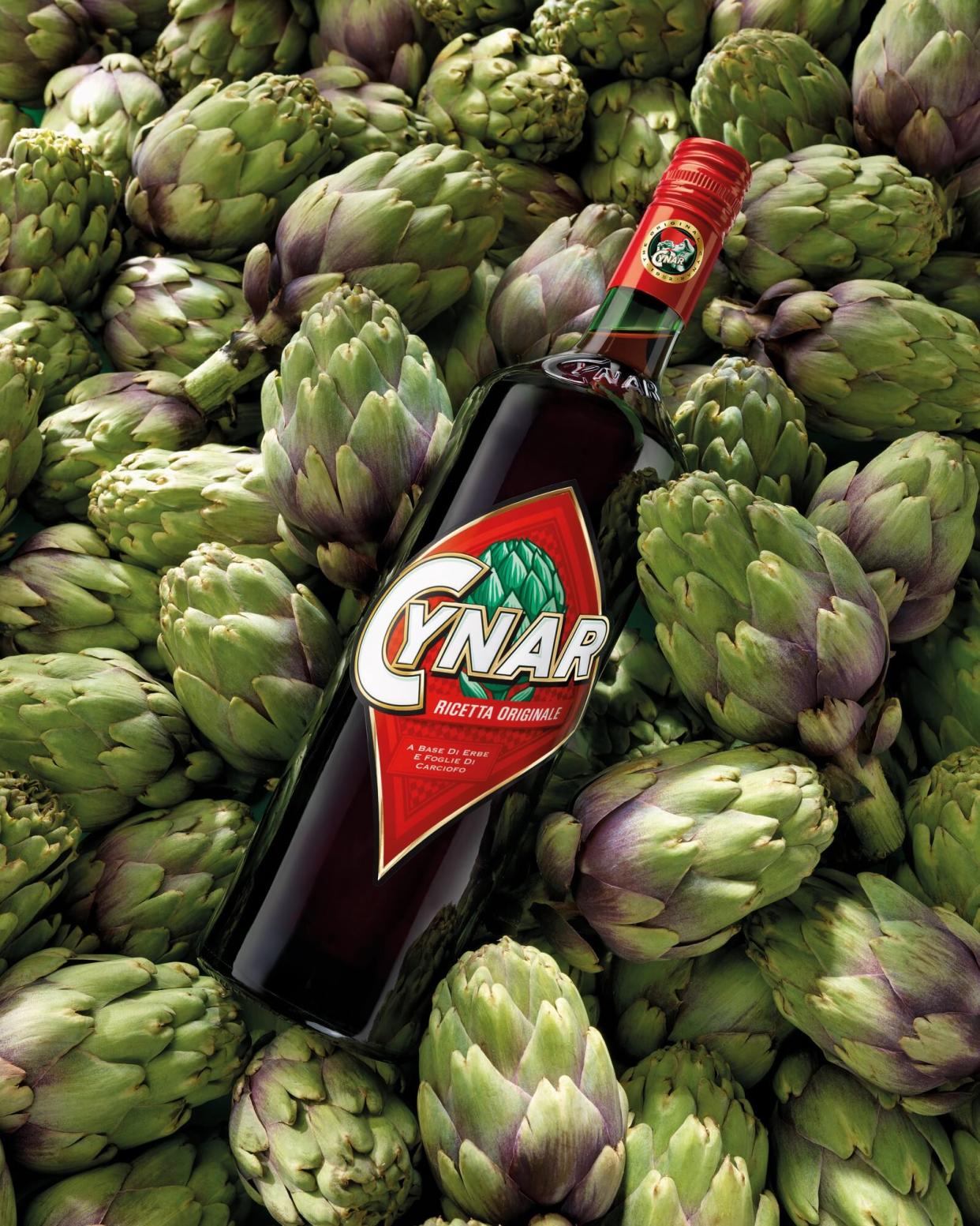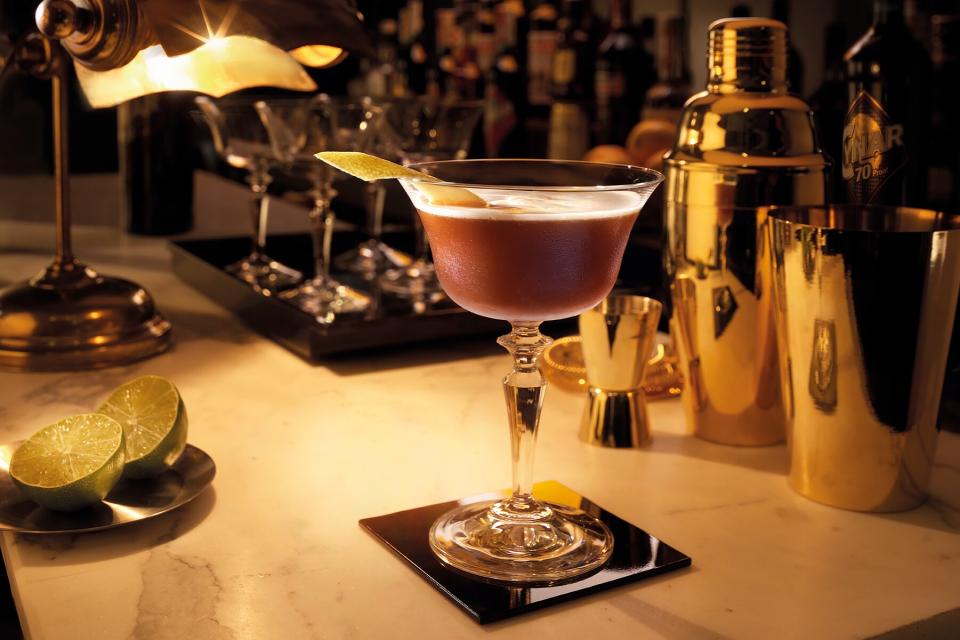Cynar Is the Vegetal, Smoky Amaro We Can't Get Enough Of

Courtesy of Campari Group
If you mention Cynar, an artichoke-flavored amaro, to a bartender, chances are you'll get an approving nod. "I first discovered Cynar while living in Italy and it quickly became one of my favorites," says Will Simpson, the beverage director of Juniper Cafe. "Upon returning to the United States, I was shocked to find it in every bar. Turns out, bartenders loved it even more than I did."
"What's not to love?" adds Ben Potts, co-founder of Unfiltered Hospitality in Miami. "Cynar is slightly sweet, slightly bitter, complex, and delicious. The balance of the flavors makes it great to sip on its own or in cocktails."
What Is Cynar?
Cynar is an Italian amaro that calls for "a secret blend of herbs and spices, with one ingredient that is both known and stands out: artichoke," says Simpson. "This unique blend creates a smooth, slightly sweet blend with a bitter(ish) finish that is guaranteed to satisfy. It's slightly vegetal, with a light smokiness and a richness that lends well to a medium/full-bodied amaro."
"Cynar is a style of amaro called cariciofo, which translates to artichoke," says Stephanie Andrews of Billy Sunday. "That family of amaro focuses on macerating ingredients of the Asteraceae family, which includes cardoons, artichokes, and blessed thistle." These amaros are born from a historic tradition of boiling the less edible parts of the artichoke in water or wine, a process that dates back to the Roman empire. "But the brand itself was the product of a pastry chef in Padova named G.B Pezziol, '' she adds. "He started making Zabajone Benedictine, or VOV as we know it today." As Pezziol's distilling fame grew, he expanded his repertoire of products, eventually launching Cynar in 1950.
Andrew Zerrip, director of beverage at NYC's Baxtrom Hospitality notes that Cynar (pronounced chee-nar) –– is a quintessential after-dinner drink mainly because of its depth of bittersweet flavors and low ABV. Clocking in at 16% — significantly lower than most amaros –– "it provides a finality to a meal without putting you or the guest over the edge."

Courtesy of Campari Group
What Does Cynar Taste Like?
Simpson finds that Cynar is far more subtle than most amari. "The 13 different herb and bitter profiles are balanced by a sweetness that doesn't overpower," he says. It's slightly vegetal and sweet with a bitter backbone.
"Its balance and subtle sweetness make Cynar an ideal addition to cocktails," he continues. Try it a booze-forward drink like a Manhattan, just tone down the vermouth and bitters; it also shines in an or effervescent drink like a French 75, or something citrus-heavy –– Simpson notes that a mezcal margarita with Cynar is "something special". In fact, the longest time, his go-to drink after work was a sour beer with a shot of Cynar. "In warm weather, it can't be beaten," he adds.
How Do You Pronounce Cynar?
Cynar is pronounced chee-nar, with an emphasis on the hard CH.
How Do You Serve Cynar?
"Cynar can be served as either an aperitif or digestif," says Andrews. "It pairs well with a variety of spirits as well! We have used it in everything from an amaro daiquiri, a stirred bourbon drink, or an espresso martini." She shoots it on its own, or in her personal favorite shot combo: half rye whiskey and half Cynar.
Looking for a less complicated recipe? Try spiking a Coca-Cola with Cynar, or add it into a spritz instead of Aperol. "It's deeper and more smooth, especially if you're craving a spritz at a cooler time of the year," Simpson says. Or, simply take it as a shot with beer or sparkling wine. At Brooklyn's Maison Yaki, Zerrip enjoys it served neat and chilled with a pinch of salt. "It is a good addition to any classic cocktail with sweet red vermouth like a (mezcal) Negroni or a Manhattan, as the similar ABV doesn't overpower the drink but adds a richer, herbaceous bitterness."

